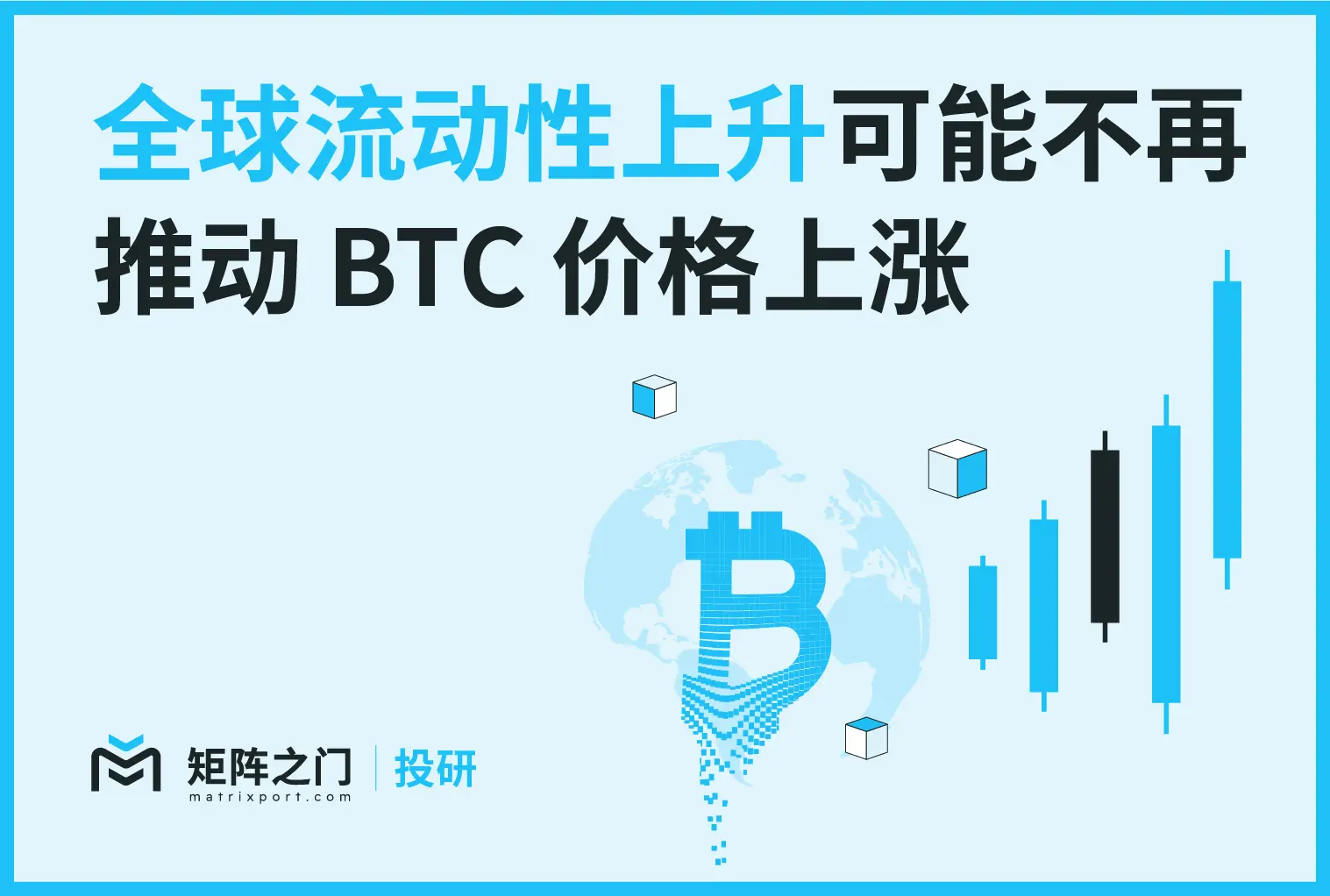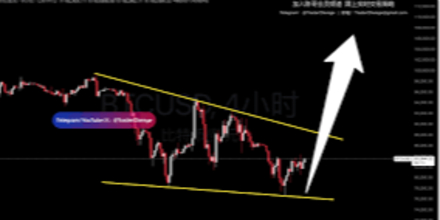LD Capital: The Recent Development of Sui, a New Public Chain with Accumulated Strength
I. Overview of Fundamentals
In June 2019, Facebook (now Meta) announced plans to build a permissioned blockchain and a digital wallet to support a global payment network. The project led to the establishment of the Libra Association (later renamed Diem), responsible for blockchain construction, and its subsidiary Calibra (later renamed Novi Finance), responsible for developing the digital wallet. However, both projects were not fully realized, and in 2022, Diem and Novi were terminated. Subsequently, research based on Diem and Novi gave rise to two independent blockchains: Aptos and Sui. Aptos inherited Diem’s legacy and iterated on the technology developed in that project, while Mysten Labs created the entirely new Sui.
Sui is a novel public chain, the first Layer1 blockchain and smart contract platform designed from the bottom up, aiming to make digital asset ownership fast, private, secure, and accessible to everyone. The name “Sui” is inspired by the Japanese philosophy of the water element, where the power of water lies in its fluidity — able to easily adapt and change in any environment.
1.Characteristics and Advantages of Sui
(1) Strong Scalability, Fast Speed, and Potential for Large-scale Web3 Implementation:
Sui Move Programming Language: Under the design of the mainstream Solidity language, assets are numerical, and asset transfers are achieved by adding or subtracting in wallets, rather than actually moving the assets. Move treats assets as resources stored in modules, similar to smart contracts, where resources cannot be copied or deleted but only moved and stored. Assets are transparent within the contract but opaque to external calls. In simple terms, Move changes ownership by moving assets independently, giving rise to its name.
Sui introduced improvements on top of Move, forming the Sui Move language. The main differences lie in an object-centric global storage, object IDs represented as addresses, and globally unique IDs for objects, forming the underlying basis for other technological innovations in Sui.
(2) Object-centric Data Model:
On Sui, assets are type objects, each with a stable and globally unique ID. Every object can be transferred to other objects without interacting with smart contracts, and even interact with different smart contracts running on your assets. In Sui, all transactions take objects as inputs, generating new or modified objects as outputs. By observing all active objects, the global state can be determined.
Objects are mutable assets, and developers can change, combine, and create hierarchies, providing Sui with strong composability. Asset composability is crucial for scalability; for example, in a game where you have assets like stones, wood, cement, etc., contracts allow these assets to be combined to build houses. Most blockchain data models poorly model asset ownership, imposing limitations that make it challenging for stateful applications (e.g., games, social) to use them. Sui’s object-centric data model solves these usability and programmability issues.
(3) Dual Consensus Mechanism:
Sui’s system design breaks through a key bottleneck in many blockchains: the need for a globally agreed-upon transaction order for all transactions. Since many transactions don’t contend for the same resources, this computation is wasteful. Sui achieves breakthrough scalability by enabling parallel protocols on causally independent transactions, categorizing them into complex transactions and simple transactions.
Complex Transactions: Complex transactions involving shared objects undergo sorting and consensus through Sui’s Narwhal and Bullshark protocols. Narwhal’s memory pool maintains the availability of submitted transaction data and provides a structured path (selecting order) in the form of a directed acyclic graph (DAG) to traverse this data. Bullshark consensus achieves consensus by traversing a specific DAG (sorted based on DAG structure) to select a specific order for this structured data.
Complex transactions go through five steps before final confirmation.
(1)Transactions are broadcasted from respective users/clients to nodes.
(2)Validator nodes, upon receiving the message, vote on the validity based on their stake size.
(3).Users/clients, upon collecting a Byzantine majority vote, generate a record certificate and broadcast it to validators.
(4).Transaction certificates are sorted through Narwhal and Bullshark to achieve consensus on the order of transaction data among Byzantine-resistant majority validators.
(5).Validators perform a final response, and users collect an “influence” certificate, proof of state change, ensuring the finality of the transaction.
Simple Transactions: Simple transactions involving non-shared objects do not need to undergo sorting through Narwhal and Bullshark. In other words, simple transactions can skip the fourth step in the above transaction processing flow. Simple transactions are only constrained by a lightweight algorithm of Byzantine consensus, which is less stringent than Byzantine consensus, making it more scalable. Broadcasting ensures all nodes receive the same message from users/clients; it does not require nodes to reach consensus on network state. Therefore, if multiple transactions are unrelated (not involving the same object), these transactions can be processed in parallel in any order, bypassing complex consensus.
2.Team Background
The Sui team boasts rich industry experience and strong technical capabilities. Evan Cheng, the co-founder and CEO of Sui/Mysten Labs, previously served as the RD head at Novi Financial. With a decade of development experience at Apple, he later worked at Facebook and Novi Financial for 2–3 years each before founding Mysten Labs in September 2021.
Sam Blackshear is the co-founder and CTO of Sui/Mysten Labs, having previously served as the Chief Engineer at Novi Financial. With 6 years of experience at Meta’s Libra/Diem, he played a significant role in the creation of the MOVE programming language.
3.Financing Situation
Sui has an excellent investment background. In the Series A financing round on December 6, 2021, it raised $36 million, with prominent investment institutions such as A16Z and Coinbase Ventures participating. In the Series B financing round on September 8, 2022, Sui raised $300 million, with investment institutions including Jump Crypto, Binance Labs, Circle Ventures, among others.

II. Recent Ecosystem Development
Sui is one of the fastest-growing public chains in terms of Total Value Locked (TVL). In the past month, the TVL has almost doubled, as per data from DefiLlama. On December 7, it surpassed $175 million, on December 26, it exceeded $200 million, on January 14, it crossed $300 million, and it is currently approaching $350 million.

The Sui ecosystem has evolved from its initial modest state to a thriving landscape, continuously giving rise to popular sectors and projects, showcasing strong potential for ecosystem development:
(1) Karrier One (Depin): On January 11, 2024, the Sui Foundation established a strategic partnership and invested in Karrier One. Karrier One is a Depin project aiming to build a decentralized mobile network and telecom service. Its goal is to create a community-owned carrier-grade 5G network, providing higher accessibility, speed, cost-effectiveness, and security. Currently, it is undergoing NFT Minting.
(2) E4C (GameFi): On January 4, 2024, E4C announced its launch on Sui, offering a mobile-native MOBA game, sustainable in-game asset ownership, and a seamless asset trading experience. Founded by Johnson Yeh, known as the “Asian Esports Father,” he served as the Head of Esports Business for Riot Games in China from 2015, turning LOL into China’s largest sports project. Later, he became the General Manager of Riot Games (China, Japan, and Southeast Asia). He also incubated games like “League of Legends Mobile,” “League of Legends Tactical Teamfight Mobile,” “LPL Esports Manager,” and more. E4C: Final Salvation was born as he brought MOBA games into Web3.
(3) MRC20-MOVE (Smart Inscriptions): Amid the booming market for inscriptions, MRC20-MOVE was issued on January 1, 2024. The concept of smart inscriptions, easily expandable, combinable, and with burn and refund capabilities, suddenly gained popularity. Within three days, 10 billion $MOVE were completely sold out, with a lockup volume exceeding 1 million SUI, and nearly 50,000 forging addresses.
(4) Solend Protocol — Suilend Protocol (Lending): A few weeks ago, Sui announced that Solend Protocol, the largest lending protocol on Solana, would land on Sui (simultaneously supporting Solana and Sui), referred to as Suilend Protocol. The founder of Solend Protocol believes that Sui’s technical foundation is very developer-friendly, offering a developer experience around Move that is ten times better than Solana.
III. Token Situation
1.Allocation and Unlocking
Sui has a total supply of 10 billion tokens, distributed as follows: 48% for the ecosystem reserve, 20% for private investors, 20% for the team, 9% for the foundation, and 3% for Binance Launchpool. The current circulating supply mainly consists of tokens from the ecosystem, foundation, and Launchpool, with a circulation rate of 11%.

The current market capitalization of Sui is $1.515 billion, with a Fully Diluted Valuation (FDV) of $13.759 billion and a 24-hour trading volume of $745 million. The main trading platforms are Binance (25.72%), Upbit (20.68%), and OKX (12.41%). In LD Capital Research’s publication on January 12 titled “Sui’s Accelerated Development: Parallel EVM Narrative Overlayed with Positive Operations,” comparisons were made among data from various new public chains. Sui’s market capitalization is lower than Aptos and Sei. However, in terms of Total Value Locked (TVL) in Defi applications, Sui surpasses Aptos and significantly outperforms Sei.
SUI recently undergoes a monthly unlock of 66 million tokens (approximately $92.17 million). The first significant unlock by major investors is scheduled for May 3, 2024, with over 800 million tokens being unlocked. Starting from June, there will be regular monthly unlocks of around 100 million tokens.
SUI token use cases can be broadly categorized into five types:
(1) Native Assets on the Sui Platform
(2) Gas Fees: Charged for all network operations, used to reward participants in the proof-of-stake mechanism and prevent spam and denial-of-service attacks
(3) Storage Fund: Utilized for transferring equity rewards over time and compensating future validators for the storage costs of previously stored on-chain data.
(4) Proof of Stake: Delegated proof-of-stake mechanism used to select, incentivize, and reward honest behavior from Sui validators and SUI owners associated with their stake.
(5) On-chain Voting: Employed for governance and protocol upgrades.
1.Spot and Futures Data
Since listing on May 1, 2023, with a closing price of 1.2431, the price of SUI has been in a declining trend until October. From November, the token price began a slow ascent, and on January 8, 2024, it started a rapid rise, increasing from 0.8 to 1.2506, returning to the listing price in 2023. Recent observations on the 15-minute chart indicate that the price is consolidating in the range of 1.35 to 1.45, supported by the 30-day EMA. Various technical indicators are favorable, suggesting a potential further increase after consolidation.

In the one-hour spot order book, there is a relatively higher number of buy orders around 1.35, providing some short-term support. On the upside, there is a concentration of sell orders at approximately 1.42 and around 1.5

In the futures data, the 30-minute contract open interest has experienced a certain decline from its peak. The long/short open interest ratio is 1.06, with the ratio for large traders at 1.33. The number of active buy and sell transactions has slightly increased, but the change in the buying and selling amount differentials is not significant. Overall, the situation aligns with an accumulation of strength in the market.
IV. Summary
1.Sui utilizes the MOVE language, known for its high scalability, excellent programmability, fast speed, and low transaction costs. The ecosystem is thriving, with emerging hot projects. The team demonstrates solid technical capabilities, backed by a favorable investment background, establishing a strong fundamental foundation.
2.There have been no significant token unlocks in the past three months, with the first substantial investor unlock scheduled for May. Comparative data with other new public chains indicates an advantageous position.
3.The token price has recently returned to the 2023 listing level. With active spot and futures trading volumes, the current trend suggests consolidation or a potential further upward breakthrough.
LD Capital
As a global blockchain investment firm, we have built a portfolio of over 250 investments since 2016, spanning across various sectors, including infrastructure, DeFi, GameFi, AI, and the Ethereum ecosystem. We focus on investing in projects with disruptive innovations, actively taking on the role of primary investors, and providing comprehensive post-investment services to these projects. We employ a combination of direct investment from our own funds and a distributed fund model to cover all-stages of investment.
Trend Research
Trend Research division specializes in crypto hedge funds focusing on secondary areas within the crypto market. Our team members come from top platforms and institutions like Binance and CITIC. We excel in macroeconomics, industry trends, and project data analysis, with trend, hedge, and liquidity funds.
Cycle Trading
We specialize in Web3 project investment and service, with a strong emphasis on Infra, applications, and AI. We have a team of nearly 20 senior engineers and dozens of crypto experts as advisors, assisting projects in strategic design, capital platform relations, and liquidity enhancement.
website: ldcap.com
twitter: twitter.com/ld_capital
mail: BP@ldcap.com
medium:ld-capital.medium.com
免责声明:文章中的所有内容仅代表作者的观点,与本平台无关。用户不应以本文作为投资决策的参考。
你也可能喜欢
Matrixport 投研:全球流动性上升可能不再推动 BTC 价格上涨
全球流动性与 BTC 价格的关系逐渐减弱,加密货币原生驱动因素或将成为关键指标

重塑金融体系:FDIC改革能否应对加密货币时代的挑战?
美国联邦存款保险公司(FDIC)代理主席特拉维斯·希尔提出了一系列改革优先事项,包括审查现行法规、拥抱创新和重新评估银行合并审批流程。然而,改革面临现实挑战,需要在确保金融体系安全的同时推动经济活力。FDIC 应采取谨慎、分阶段的方式推进改革,以避免监管漏洞和实施延迟。 摘要由 Mars AI 生成 本摘要由 Mars AI 模型生成,其生成内容的准确性、完整性还处于迭代更新阶段。

特朗普儿子参与Dominari的比特币ETF投资
公开上市公司Dominari Holdings宣布采用比特币储备策略,投资200万美元购买黑石iShares比特币信托基金(IBIT)股份。该公司与特朗普家族关系密切,唐纳德·特朗普·朱尼尔和埃里克·特朗普近期加入其顾问委员会。通过受监管的ETF获取比特币敞口,简化合规和会计处理,凸显特朗普家族对加密货币的兴趣和参与。 摘要由 Mars AI 生成 本摘要由 Mars AI 模型生成,其生成内容的准确性、完整性还处于迭代更新阶段。

